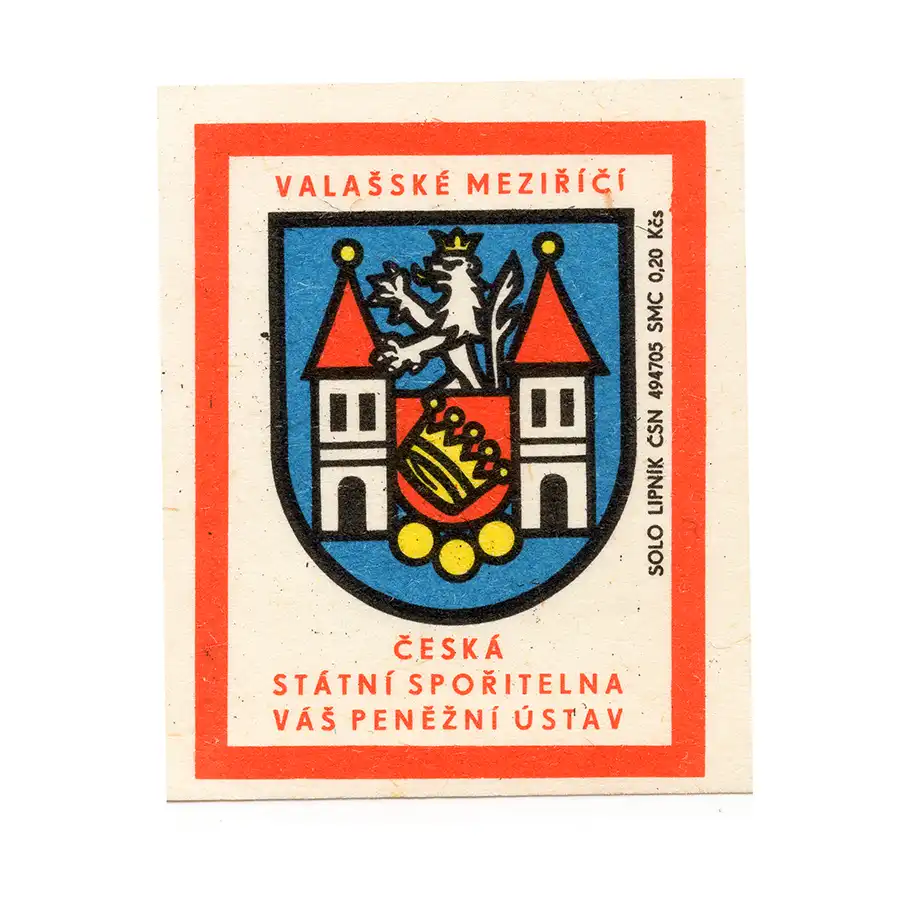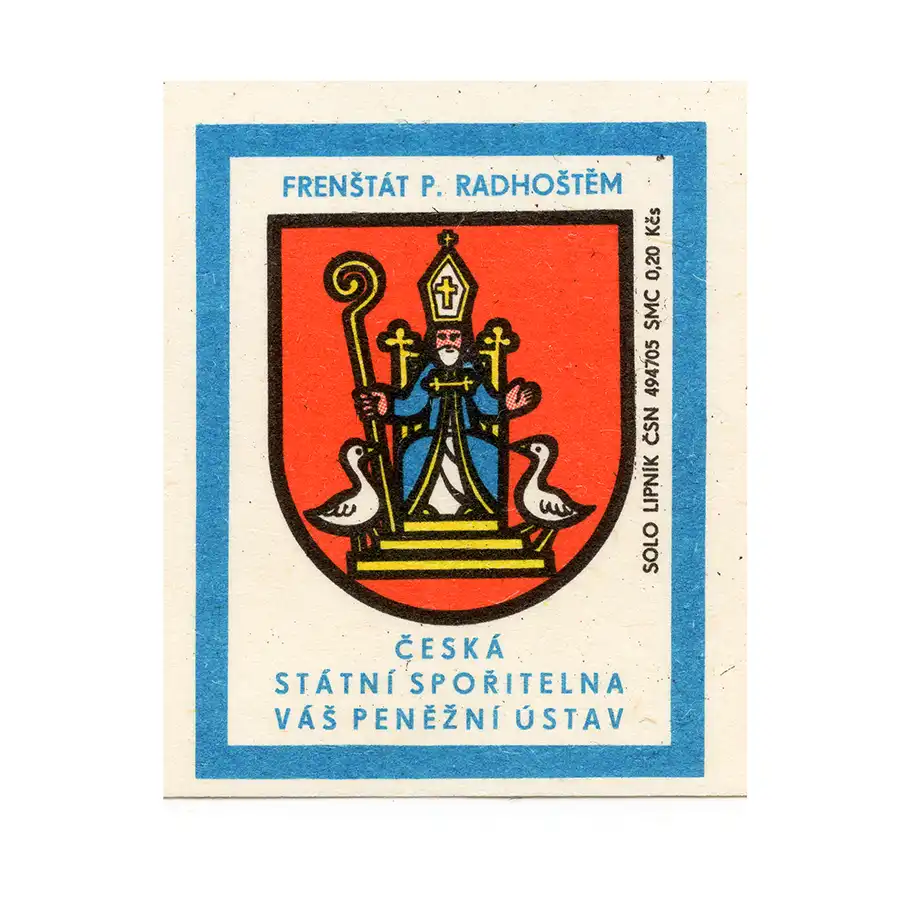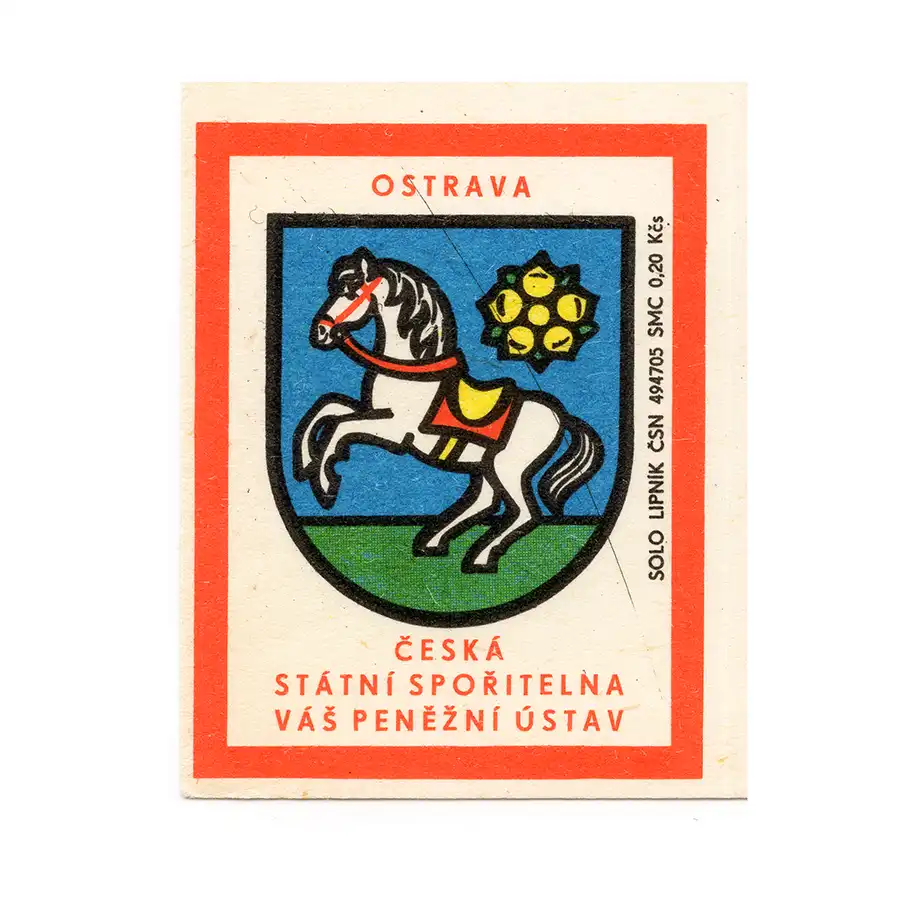The Czech Republic is a country rich in history, culture, and picturesque towns that date back centuries. Among these gems are Opava, Šumperk, Valašské Meziříčí, Frenštát pod Radhoštěm, and Ostrava, each with its unique story and charm. From medieval landmarks to vibrant cultural scenes, these towns offer fascinating destinations for history enthusiasts and travelers alike. Let’s take a journey through time and explore these historic treasures, discovering their origins, historical milestones, and what makes them special today.

Opava
Located in the Moravian-Silesian region, Opava is a historic town first mentioned in 1195 and granted town rights in 1224. As of today, the town is 829 years old. With a population of around 56,000, Opava has long been a center of Silesian culture and education.
The town’s coat of arms features an eagle, symbolizing freedom and strength.
Opava is known for its cultural and historical landmarks, such as the Church of the Holy Spirit, a Gothic masterpiece dating back to the 13th century. The Silesian Museum, the oldest in the Czech Republic, offers fascinating insights into the region’s history. The picturesque Lower Square (Dolní náměstí) is surrounded by historical buildings, making it a favorite spot for visitors.
Opava’s rich cultural heritage and vibrant urban atmosphere make it an essential destination in the Moravian-Silesian region.

Šumperk
Located in the Olomouc region, Šumperk is a charming town first mentioned in 1269 and granted town rights in 1278. As of today, the town is 755 years old. With a population of around 26,000, Šumperk is known as the “Gate to the Jeseníky Mountains.”
The town’s coat of arms depicts a castle with the letters “F,” symbolizing its historical fortifications.
Šumperk boasts a beautiful historical center, with landmarks such as the Gothic Revival Church of St. John the Baptist and the picturesque Town Hall. The town is also a gateway to outdoor activities in the nearby Jeseníky Mountains, including hiking and skiing.
Šumperk’s blend of natural beauty and historical charm makes it a perfect destination for nature lovers and history enthusiasts alike.

Valašské Meziříčí
Located in the Zlín region, Valašské Meziříčí is a historic town first mentioned in 1297 and granted town rights in the 14th century. As of today, the town is 727 years old. With a population of around 22,000, the town is celebrated for its cultural significance.
The coat of arms features a lion and two towers, symbolizing nobility and defense.
Valašské Meziříčí is home to several notable landmarks, including the Kinský Château, which houses a regional museum. The Church of the Assumption of the Virgin Mary is another highlight, showcasing the town’s religious heritage. The town is also known for its vibrant cultural events, including music and folk festivals.
Valašské Meziříčí’s rich history and lively cultural scene make it a must-visit destination in the Zlín region.

Frenštát pod Radhoštěm
Located in the Moravian-Silesian region, Frenštát pod Radhoštěm is a scenic town first mentioned in 1382 and granted town rights in 1781. As of today, the town is 641 years old. With a population of around 11,000, it is known for its proximity to the Beskydy Mountains.
The town’s coat of arms features a bishop and geese, symbolizing its historical and religious significance.
Frenštát pod Radhoštěm is the gateway to popular hiking and skiing destinations such as Radhošť Mountain and Pustevny. The local Church of St. Martin, built in the Baroque style, is a prominent landmark. The town is also known for its folklore traditions, including festivals celebrating local culture.
Frenštát pod Radhoštěm’s natural beauty and cultural heritage make it a delightful destination for outdoor enthusiasts and history lovers.

Ostrava
Located in the Moravian-Silesian region, Ostrava is one of the largest cities in the Czech Republic, first mentioned in 1229 and granted town rights in 1267. As of today, the city is 795 years old. With a population of around 285,000, Ostrava has a rich industrial history and is a major urban center.
Its coat of arms features a horse and a rose, symbolizing strength and beauty.
Ostrava is best known for its industrial heritage, with landmarks such as the Lower Vítkovice area, a UNESCO-listed former ironworks and coal mine that now serves as a cultural and educational space. The New City Hall, with its observation tower, offers stunning views of the city. Ostrava is also home to Stodolní Street, famous for its vibrant nightlife and entertainment.
Ostrava’s mix of industrial history, cultural venues, and urban energy makes it a must-visit destination in the Czech Republic.